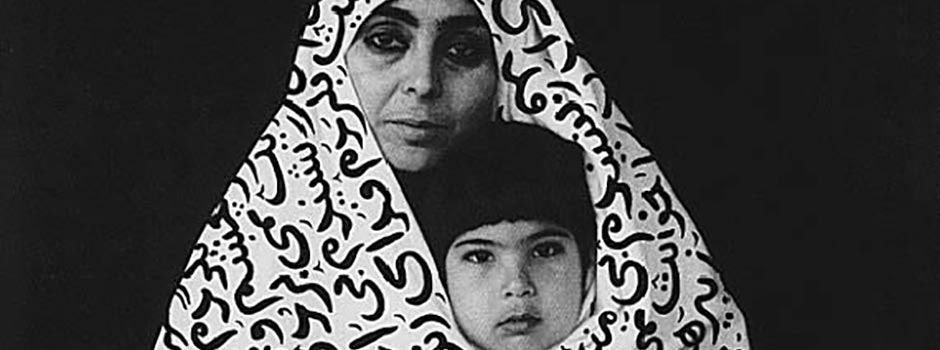
Shirin Neshat, Iranian Visual Artist
Jan 12, 2011 Calligraphy

 Photo © Shirin Neshat
Photo © Shirin Neshat
Her work refers to the social, cultural and religious codes of Muslim societies and the complexity of certain oppositions, such as man and woman. Neshat often emphasizes this theme with the technique of showing two or more coordinated films concurrently, creating stark visual contrasts through such motifs as light and dark, black and white, male and female. Neshat has also made more traditional narrative short films, such as her recent work, Zarin.
The work of Shirin Neshat addresses the social, political and psychological dimensions of women’s experience in contemporary Islamic societies. Although Neshat actively resists stereotypical representations of Islam, her artistic objectives are not explicitly polemical. Rather, her work recognizes the complex intellectual and religious forces shaping the identity of Muslim women throughout the world. Using Persian poetry and calligraphy she examined concepts such as martyrdom, the space of exile, the issues of identity and femininity. Neshat often collaborates in her pieces with Iranian artist Shoja Azari.
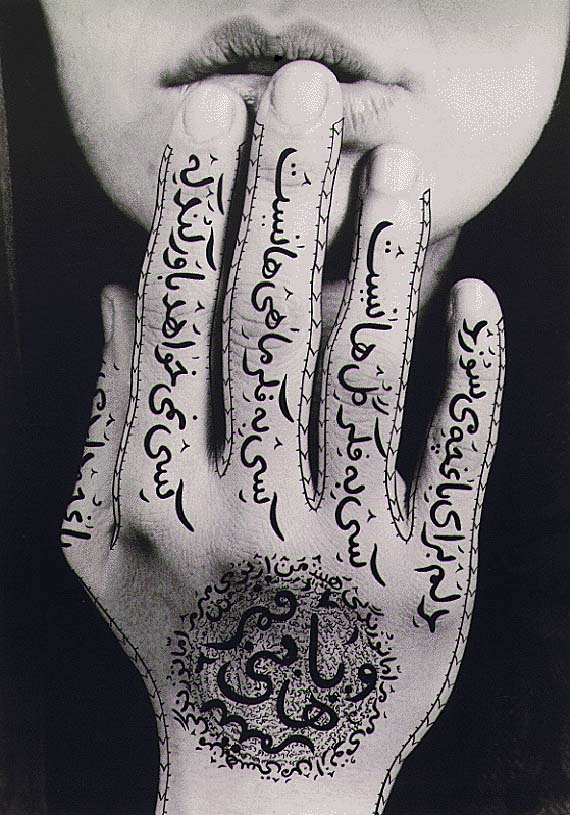 Photo © Shirin Neshat
Photo © Shirin Neshat
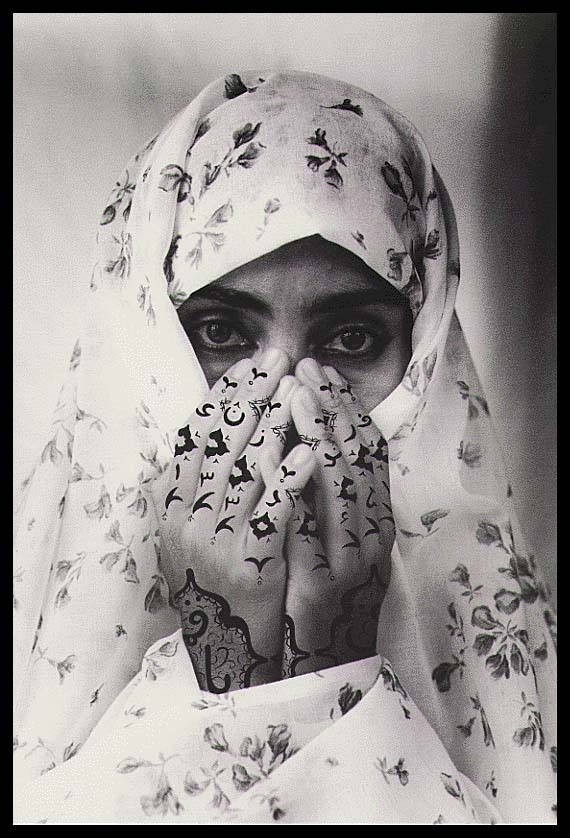 Photo © Shirin Neshat
Photo © Shirin Neshat
As a photographer and a video-artist, Shirin Neshat was recognized for her brilliant portraits of women entirely overlaid by Persian calligraphy (notably through the Women of Allah series). She also directed several videos, among them Anchorage (1996) and, projected on two opposing walls: Shadow under the Web (1997), Turbulent (1998), Rapture (1999) and Soliloquy (1999). Neshat’s recognition became more international in 1999, when she won the International Award of the XLVIII Biennial of Venice with Turbulent and Rapture, which met with critical and public success after its worldwide avant-première at the Art Institute of Chicago in May 1999. With Rapture, Neshat tried for the first time to make pure photography with the intent of creating an aesthetic, poetic, and emotional shock.
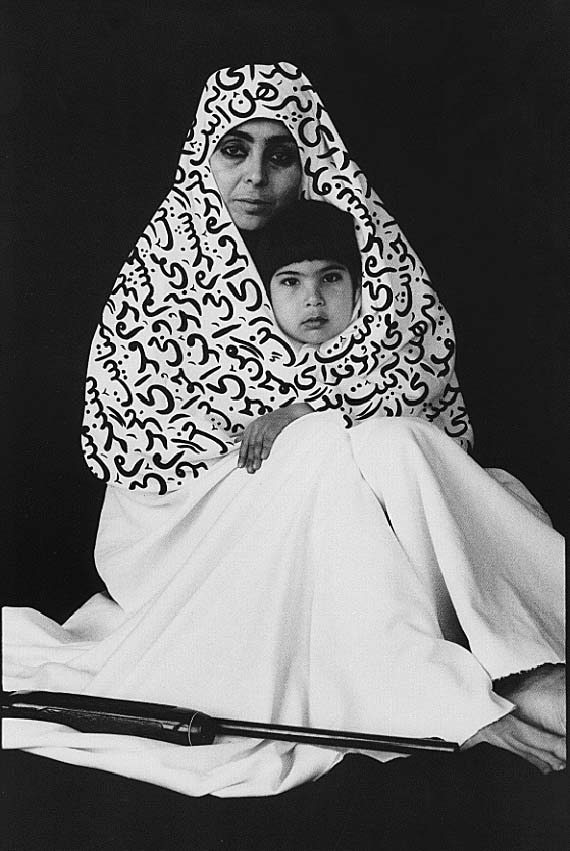 Photo © Shirin Neshat
Photo © Shirin Neshat
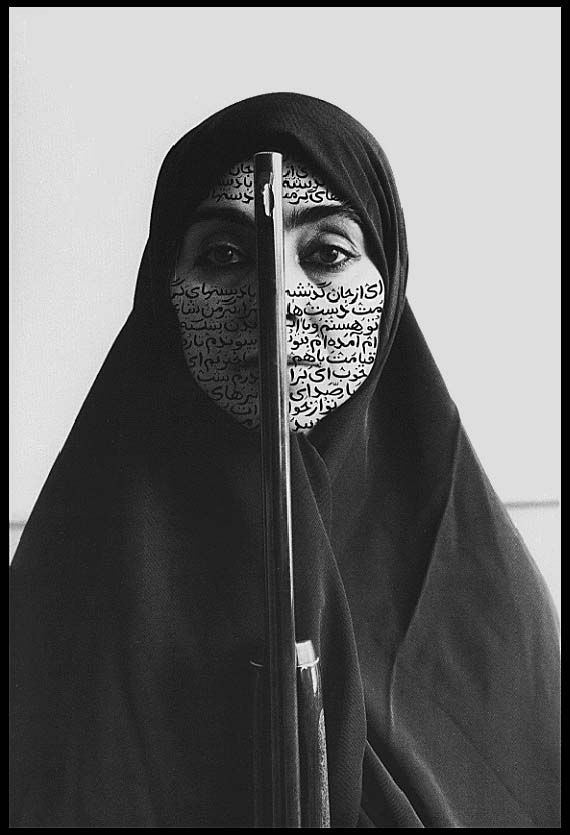 Photo © Shirin Neshat
Photo © Shirin Neshat
Comments
Add a comment